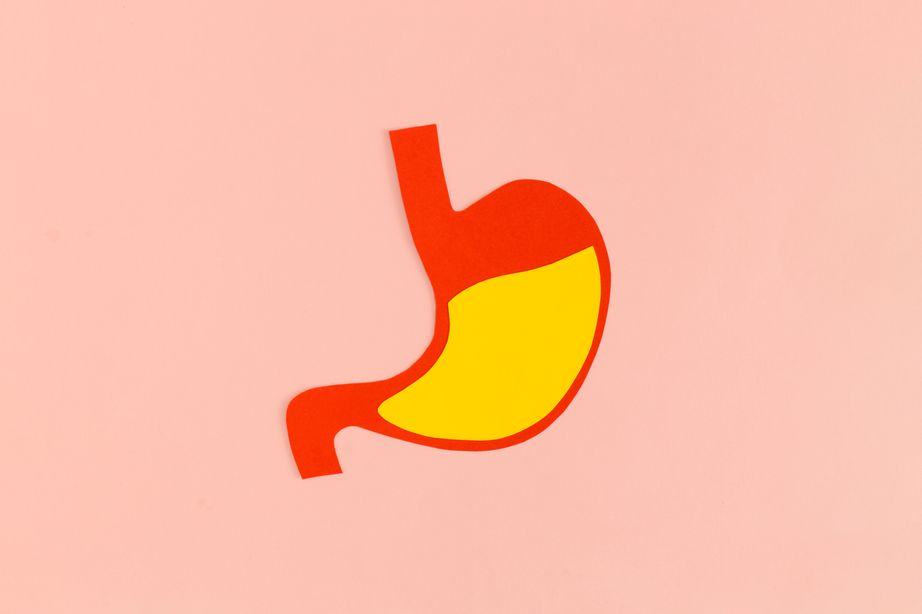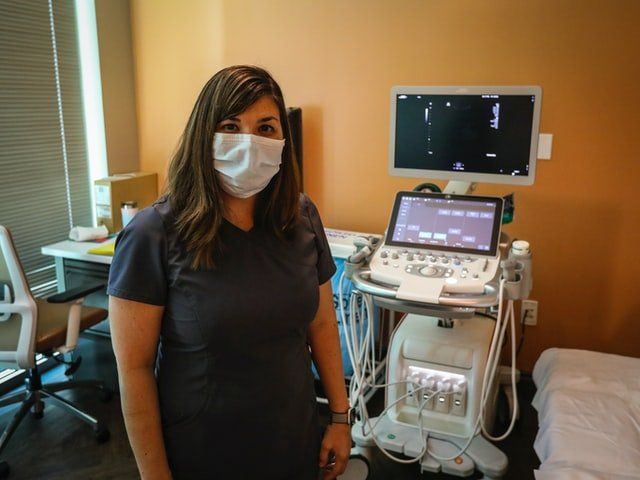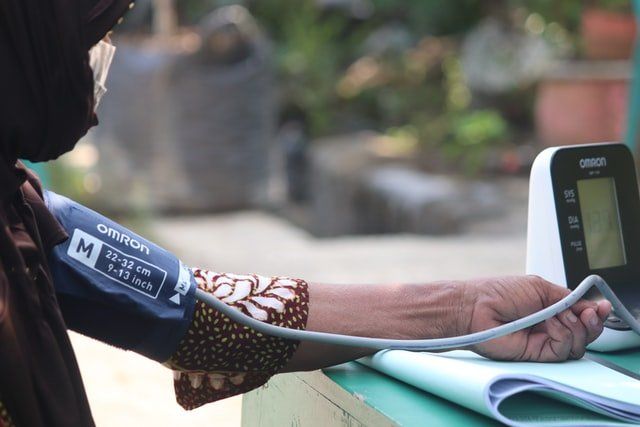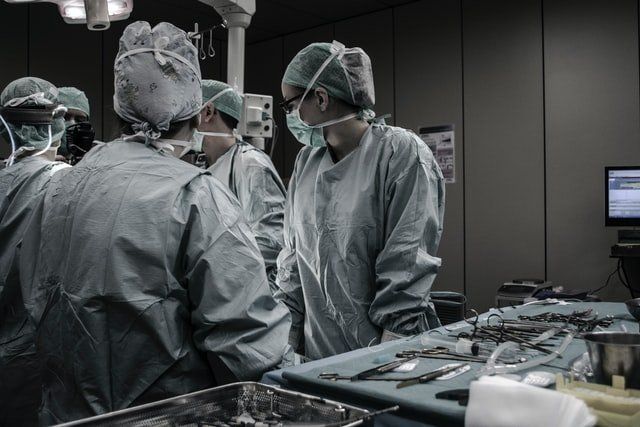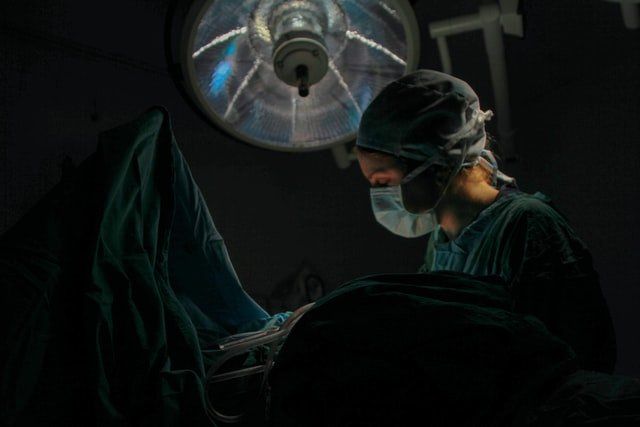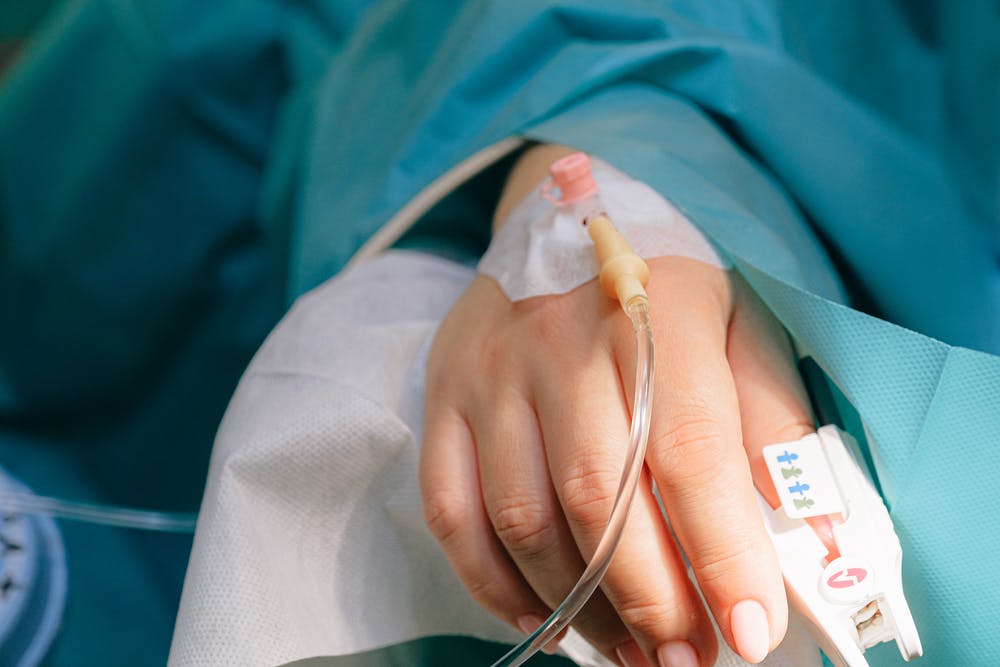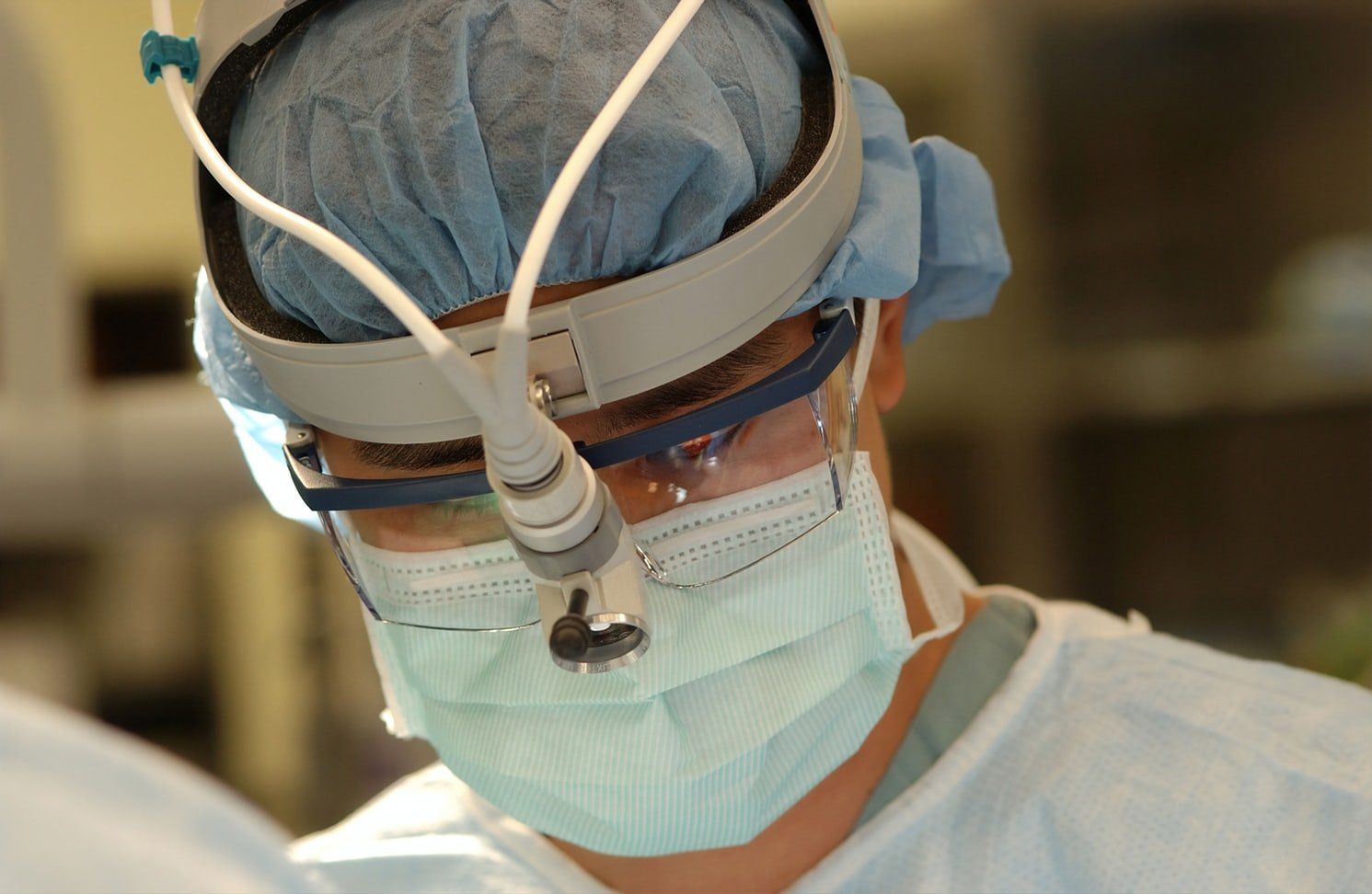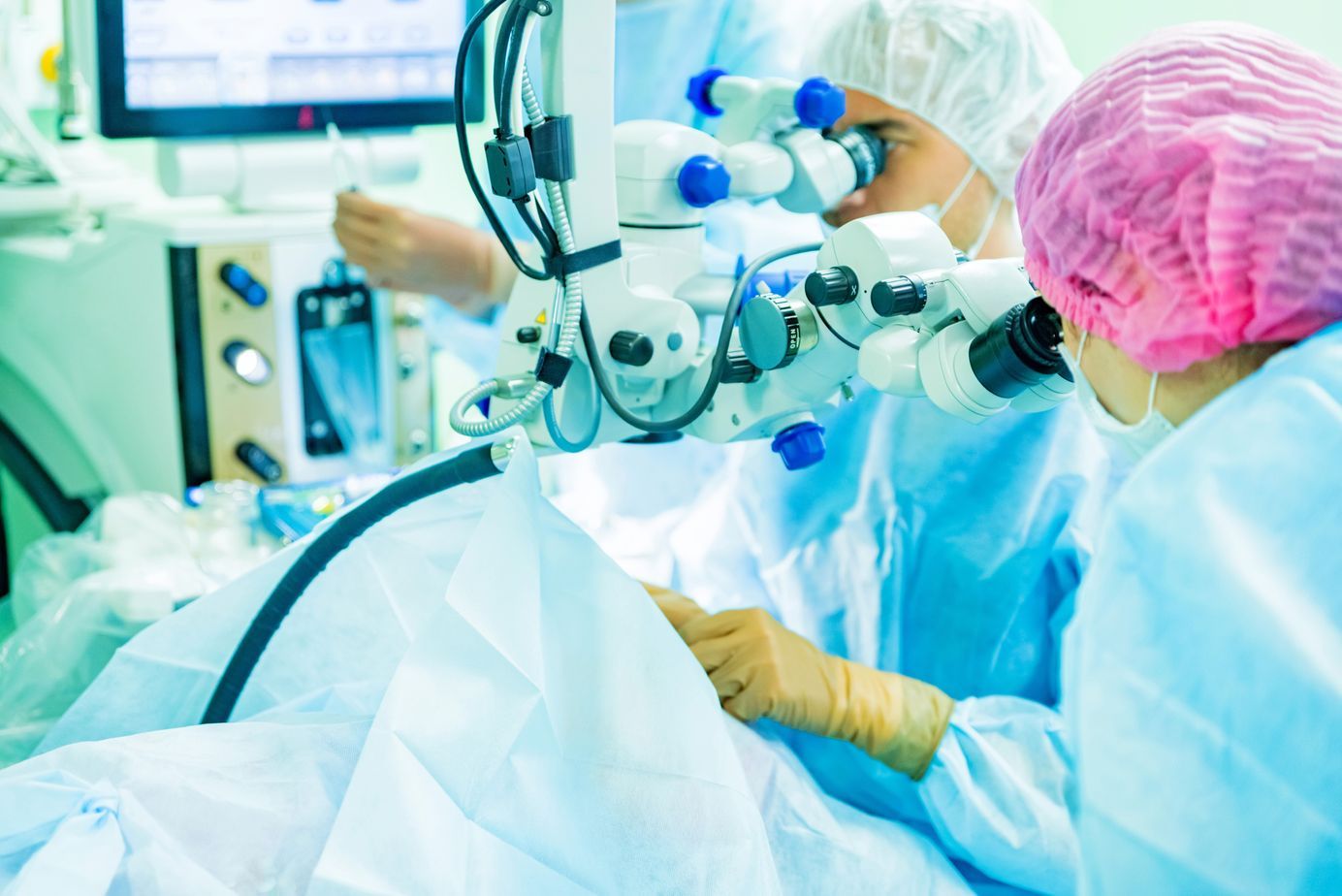A Guide to Barrett’s Esophagus: Symptoms, Causes, Treatments
Gastroesophageal reflux disease (GERD) can bring about a wealth of problems in the body. One of its associated complications is Barrett’s esophagus, a condition wherein the tissues in the feeding tube begin to thicken and swell. In some cases, the linings even start to resemble intestinal cells.
Barrett’s esophagus typically develops in people who have GERD, but it may also occur in those without the disease. It’s essential to know about this condition because it may sometimes lead to esophageal cancer.
Does Barrett’s Esophagus Have Symptoms?
Barrett’s esophagus is a condition that does not produce symptoms on its own. The only way to tell if patients have it is if healthcare providers examine them for GERD and esophageal cancer.
If the physician suspects that patients have Barrett’s esophagus, they may request an endoscopy. This procedure involves placing a tube with a small camera down the esophagus to allow doctors to view the insides of the organ.
Normally, the feeding tube’s lining will look pink and shiny or glossy. However, it may look red and velvety in people who have Barrett’s esophagus. The physicians will also check for dysplasia, which is the development of abnormal cells. When a large amount of them begin to resemble intestinal cells, there is a high risk that they may become cancerous.
What Are the Causes of Barrett’s Esophagus?
There is no known exact cause of Barrett’s esophagus, but it typically occurs in patients with GERD. Around five to ten percent of people with GERD develop the condition, and it affects men almost twice as much as women.
The bottom of the esophagus has a valve of smooth muscles called the lower esophageal sphincter. This valve normally prevents stomach acid from leaking into the esophagus. With GERD, however, these muscles do not work properly and allow the acid to flow back up.
Many experts postulate that stomach acid causes damage to the esophageal linings and leads to the development of abnormal, precancerous cells. Approximately 0.5% of those who have Barrett’s esophagus are eventually diagnosed with cancer.
Some risk factors of the condition also involve alcohol consumption, smoking, frequent use of Aspirin, obesity, spicy food, diets high in saturated fats, consuming large meals, and going to bed immediately after eating.
Possible Treatments for Barrett’s Esophagus
There are many possible treatments for the condition, and the doctors will devise the appropriate plan depending on the amount of dysplasia (abnormal cell development) the patient has.
Often, treatments for patients with no or low-grade dysplasia involve managing GERD symptoms with medications and lifestyle changes. Some surgical operations may also be an option.
For those with a large number of abnormal cells, doctors may perform endoscopic mucosal resection (EMR) or endoscopic submucosal dissection (ESD), wherein they use multiple devices to strategically remove the problem cells.
Cryotherapy is also a popular treatment method. The process involves freezing problem cells, thawing them, then freezing them again to destroy them.
Some doctors may also advise the patient to undergo radiofrequency ablation (RFA), which uses heat instead to kill off the abnormal cells. This procedure may require repeat sessions to remove the cells entirely.
Get a GERD Endoscopy in New Jersey
Barrett’s esophagus is a condition in the digestive tract that shows no overt symptoms but can lead to severe consequences. It often occurs in patients who have GERD and can only be diagnosed via an endoscopy. Many forms of treatment also exist to manage this illness, but it’s always best to have it checked as early as possible.
If you’re looking to get a
GERD endoscopy in New Jersey, Michel Kahaleh Gastroenterologist has you covered. With advanced tools and a wide variety of innovative treatments, Dr. Michel Kahaleh can provide you with world-class healthcare to treat Barrett’s esophagus, GERD, and more. Contact us today!

